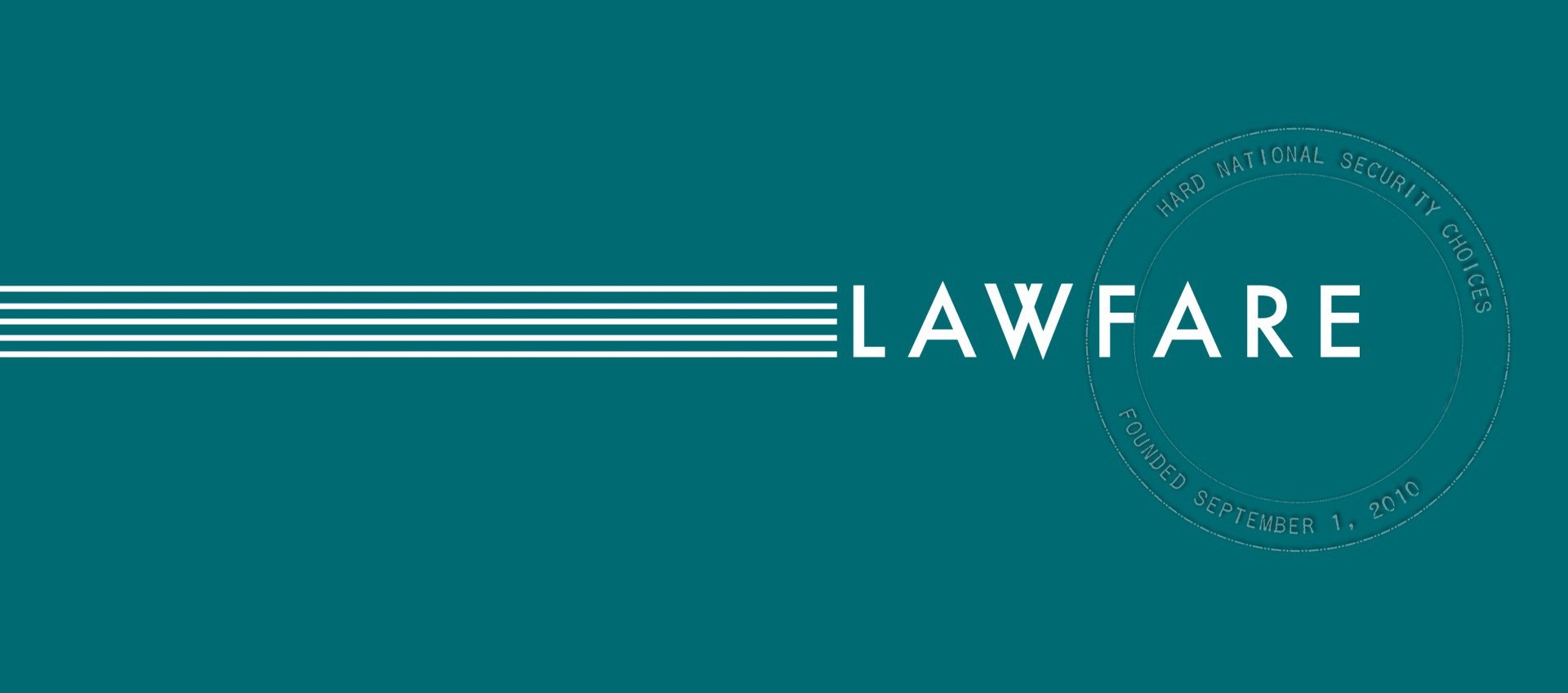"Enemies Within: Inside the NYPD's Secret Spying Unit and bin-Laden's Final Plot Against America," by Matt Apuzzo and Adam Goldman
Published by Touchstone (2013)
Reviewed by Bruce Riedel
Published by The Lawfare Institute
in Cooperation With

Published by Touchstone (2013)
Reviewed by Bruce Riedel
It was a catastrophe narrowly averted. In September 2009 al Qaeda planned an attack on the New York City subway system, the nation's largest, used by over five million riders every day. The attacks on the metro systems in Madrid, Spain in 2003 and London, England in 2005 were to be outdone by three suicide bombers blowing themselves up at rush hour on the eighth anniversary of 9/11. Three American citizens, Najibullah Zazi, Zarein Ahmedzay and Adis Medunjanin, had traveled to Pakistan in 2008 to join the Afghan Taliban and fight in Afghanistan. Zazi and Ahmedzay were sons of Afghan refugees who had fled their country’s endless wars for America; Medunjanin was a Bosnian-American and another refugee from a religious war.
The Taliban gave them over to al Qaeda, which persuaded them to conduct a ‘martyrdom’ mission in New York instead, and trained them on how to make explosives for an attack. Their al Qaeda trainer was a British citizen of Pakistani origin named Rashid Rauf who had been a key player in the attack on the British underground in July 2005. He was also deeply involved in a plot in 2006 to blow up several passenger jets en route from Heathrow Airport near London to cities in the U.S. and Canada, a plot foiled by British intelligence. Briefly arrested in Pakistan after the plot he escaped from prison, almost certainly with inside help. He then trained Zazi and his team. Fortunately the FBI and NYPD arrested the three in a joint counterterrorism mission named Operation Highrise before they could conduct their attack on America. They have since been convicted of attempted murder.
Enemies Within: Inside the NYPD's Secret Spying Unit and bin Laden's Final Plot Against America
The key take-away from the book is that the plot was uncovered and foiled not by the FBI or NYPD or even the CIA. The National Security Agency’s controversial surveillance program of American citizens' emails stopped this plot. As the book makes clear, it was the NSA with help from its British counterpart GCHQ that intercepted a email message between Zazi and his al Qaeda handlers that began the search for the three terrorists in Denver and New York. Other accounts of Operation Highrise have suggested the same, but none as clearly this book.
It should come as no surprise, then, that the Obama administration and NSA have repeatedly pointed to the Zazi plot as the best example of how NSA surveillance has stopped real plots by al Qaeda at home. This book also makes a compelling case that in the absence of the NSA intercept, the rest of the post 9/11 homeland security system would have failed to prevent the attack. That is not a call to either give up on homeland security or to install even more surveillance programs. Rather, it is recognition that terrorism is hard to defeat 100% of the time. If the terrorists are American citizens like Zazi and his team, or like the two Boston Marathon bombers, detecting their intentions is very hard to do. Their communications are a vital insight into their intentions.
Apuzzo and Goldman are especially critical of the NYPD’s counterterrorism programs. They detail the development of New York’s counterterrorism infrastructure in the aftermath of 9/11 under the direction of NYPD Commissioner Ray Kelly and his director of intelligence, Dave Cohen. Both are colorful and controversial figures. I admire both of them and count them friends. They have done a very difficult job well and the Big Apple is a safer place because of their hard work. Critical as they are, the authors acknowledge Kelly and Cohen have been right most of the time.
Nonetheless, terrorism is always a moving target and there are good reasons to debate openly how best to fight terror in a democracy. In the immediate aftermath of 911, America made some smart decisions about how to fight al Qaeda which have disrupted many of its plots. But it also made many disastrous decisions like the Iraq war, the Guantanamo prison, and torture. New York City's decisions should be reviewed periodically and this book can help that debate. The same is true for NSA’s programs. They need to be as transparent as possible so Americans can debate their wisdom, and understand what their government is doing to protect them and with what tradeoffs in privacy. But we also need to acknowledge when these programs work.
(Bruce Riedel, a 30-year veteran of the CIA, is a senior fellow of the Brookings Institution and director of the Brookings Intelligence Project; his most recent book is Avoiding Armageddon: America, India, and Pakistan to the Brink and Back (Brookings FOCUS Book)



